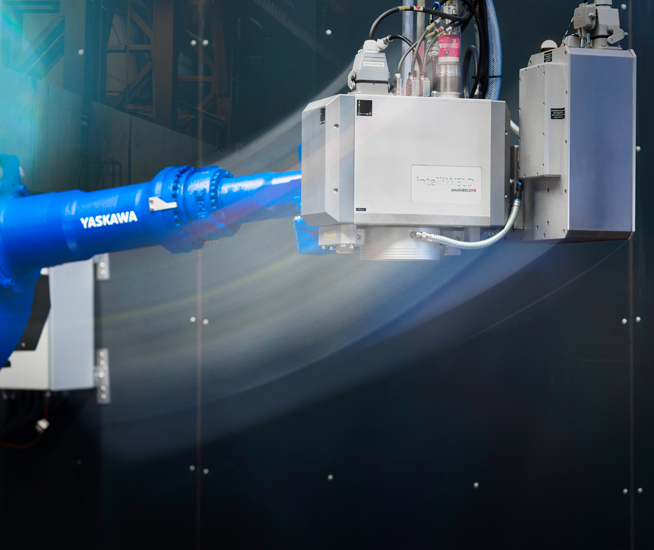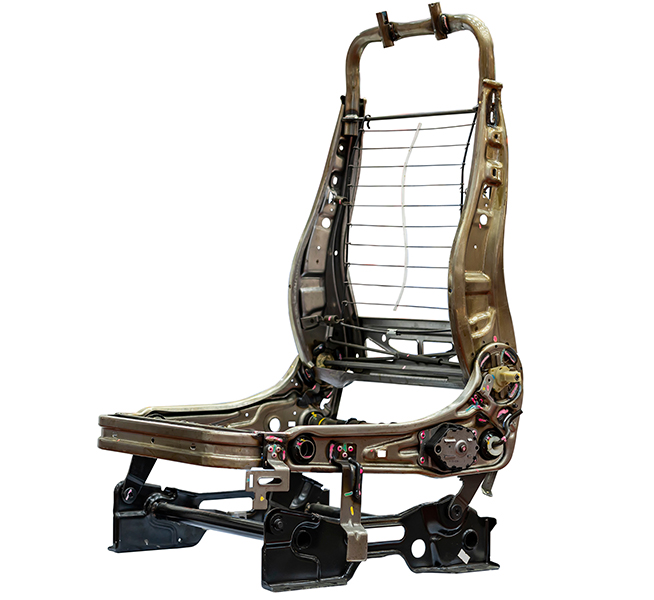Laser Welding of Car Seats
The seat structure of a vehicle consists of individual components with partly very different requirements for the joining task. In addition to the passenger comfort, these components fulfill a series of safety relevant requirements. For example, they ensure the safe hold of the sitting person in case of an accident. This is accompanied by especially high quality requirements for the welding seam.
A vehicle seat is based on a seat structure made of different components. The front seats are installed on metallic seat rails, which permit the sliding of the seat. The welding seams of these seat rails place especially high requirements on their stability: For example, the seat must not become loose in case of accidents to prevent a hazard for the passenger.
Typical Welding Seam Variants
The backrests in the front and back seat include many welding seams. Lap as well as fillet weld connections may be used. A precise seam tracking for quality assurance is required for fillet weld connections. An OCT seam position control with a 3D scanner can be used for this purpose.
Higher positioned structure parts of the seat can have a smaller thickness, which means that different process parameters are required during the machining of a component. The scanner used should therefore include a functionality for the continuous adjustment of the focal spot diameter. Filigree welding seams with a small diameter and wider joints with a large beam diameter can be produced in this manner.
Typical system components
Laser welding of seat rails with fillet welds
- intelliWELD II PR scan system
- SCU contoller
- On-the-fly functionality
- OCT for seam tracing and inspection
Laser welding of recliners

